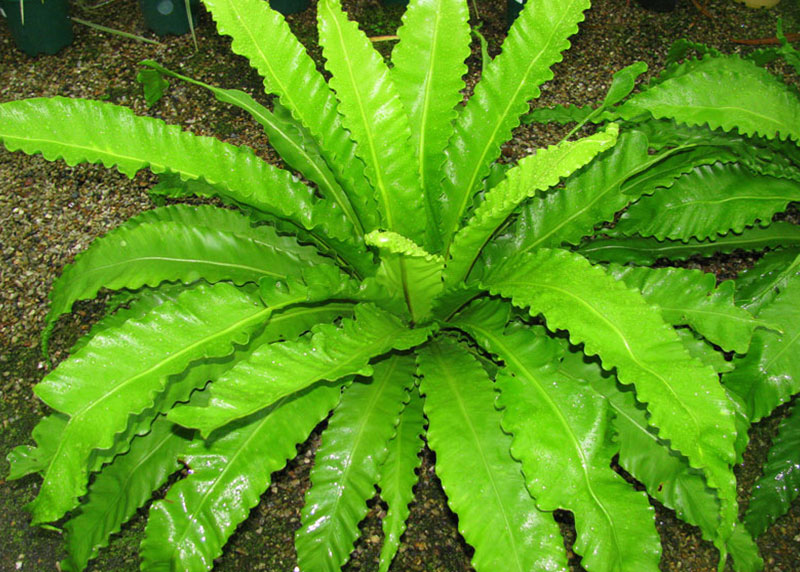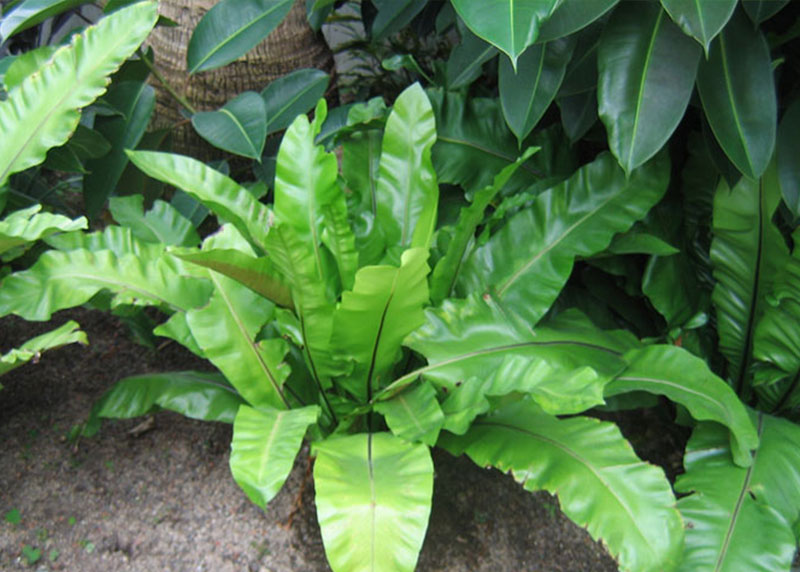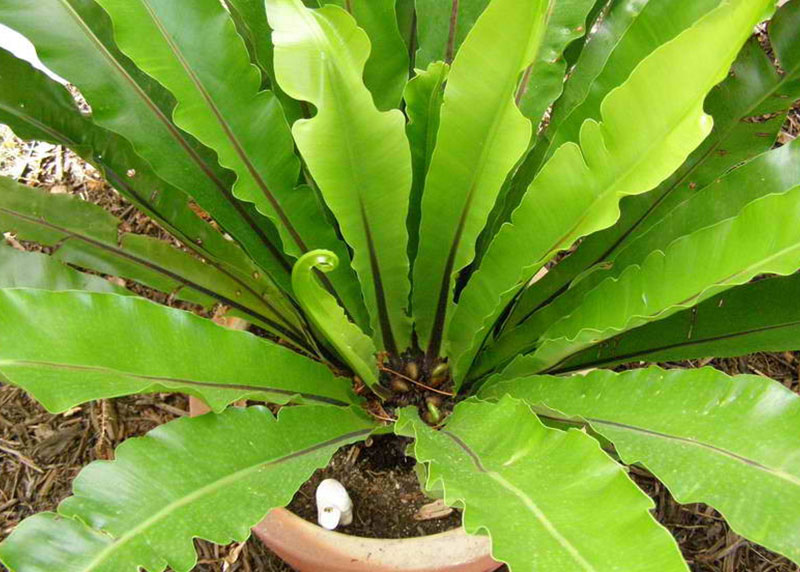Explore The BIRD'S NEST FERN

When most people think of ferns, they think of feathery, airy fronds, but not all ferns actually look like this. The bird’s nest fern is an example of a fern that defies our preconceived ideas of what a fern should look like. Even better is the fact that a bird’s nest fern plant makes an excellent low light houseplant.
Learn More About The BIRD'S NEST FERN
Planting Instructions
Bird’s nest ferns grow best in medium to low indirect light. These ferns are often grown for their crinkly leaves and the light they receive will affect how crinkled the leaves are. A bird’s nest fern that receives more light, for example, will have more crinkled leaves, while one that receives less light will have flatter leaves.
But keep in mind that too much light or direct light will cause the fronds on bird’s nest fern to yellow and die.
It is an epiphytic fern, which means in the wild it typically grows on other things, like tree trunks or buildings. When you buy it as a houseplant, it will be planted in a container, but it can be affixed to planks and hung on a wall much like staghorn ferns are.
But keep in mind that too much light or direct light will cause the fronds on bird’s nest fern to yellow and die.
It is an epiphytic fern, which means in the wild it typically grows on other things, like tree trunks or buildings. When you buy it as a houseplant, it will be planted in a container, but it can be affixed to planks and hung on a wall much like staghorn ferns are.
Plant Care Tips
In addition to light, another important aspect of bird’s nest fern care is its watering. Under ideal circumstances, all ferns would like to have consistently moist, but not wet, soil. However, part of the reason that bird’s nest fern makes an ideal houseplant is that it will tolerate soil that dries out from time to time.
Furthermore, this plant does not require the same level of humidity that many other kinds of ferns need, making the care for a bird’s nest fern far more forgiving to the occasionally forgetful houseplant owner than other ferns. Fertilizer should only be given to the plant two to three times a year.
Even then, the fertilizer should only be applied at half strength and should only be given during the spring and summer months. Too much fertilizer will cause deformed leaves with brown or yellow spots or edges.
Furthermore, this plant does not require the same level of humidity that many other kinds of ferns need, making the care for a bird’s nest fern far more forgiving to the occasionally forgetful houseplant owner than other ferns. Fertilizer should only be given to the plant two to three times a year.
Even then, the fertilizer should only be applied at half strength and should only be given during the spring and summer months. Too much fertilizer will cause deformed leaves with brown or yellow spots or edges.




